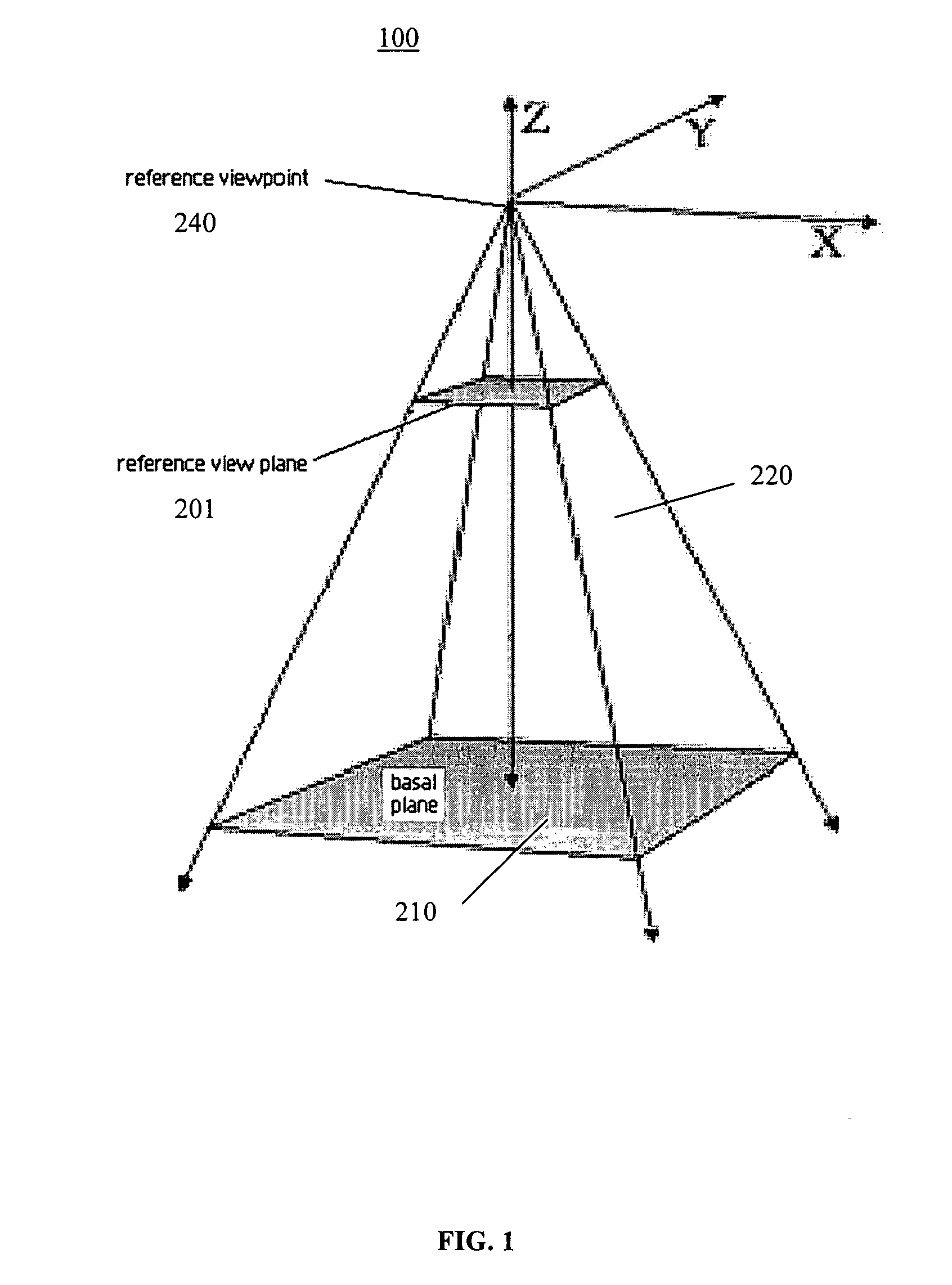Using detail-in-context lenses for accurate digital image cropping and measurement
a technology of detail in context and digital image, applied in the field of computer graphics processing, can solve the problems of not providing the accurate positioning of the bounds of the cropped image at the outset, user difficulty in selecting a desirable cropped image, and more difficult to visualize the cropped image, so as to achieve the effect of higher resolution and accurate measurement of measured valu
- Summary
- Abstract
- Description
- Claims
- Application Information
AI Technical Summary
Benefits of technology
Problems solved by technology
Method used
Image
Examples
Embodiment Construction
[0038]In the following description, numerous specific details are set forth to provide a thorough understanding of the invention. However, it is understood that the invention may be practiced without these specific details. In other instances, well-known software, circuits, structures and techniques have not been described or shown in detail in order not to obscure the invention. The term “data processing system” is used herein to refer to any machine for processing data, including the computer systems and network arrangements described herein.
[0039]The “screen real estate problem” mentioned above generally arises whenever large amounts of information are to be displayed on a display screen of limited size. As discussed, well-known tools to address this problem include panning and zooming. While these tools are suitable for a large number of visual display applications, they become less effective where sections of the visual information are spatially related, such as in maps, three-...
PUM
 Login to View More
Login to View More Abstract
Description
Claims
Application Information
 Login to View More
Login to View More - R&D
- Intellectual Property
- Life Sciences
- Materials
- Tech Scout
- Unparalleled Data Quality
- Higher Quality Content
- 60% Fewer Hallucinations
Browse by: Latest US Patents, China's latest patents, Technical Efficacy Thesaurus, Application Domain, Technology Topic, Popular Technical Reports.
© 2025 PatSnap. All rights reserved.Legal|Privacy policy|Modern Slavery Act Transparency Statement|Sitemap|About US| Contact US: help@patsnap.com



